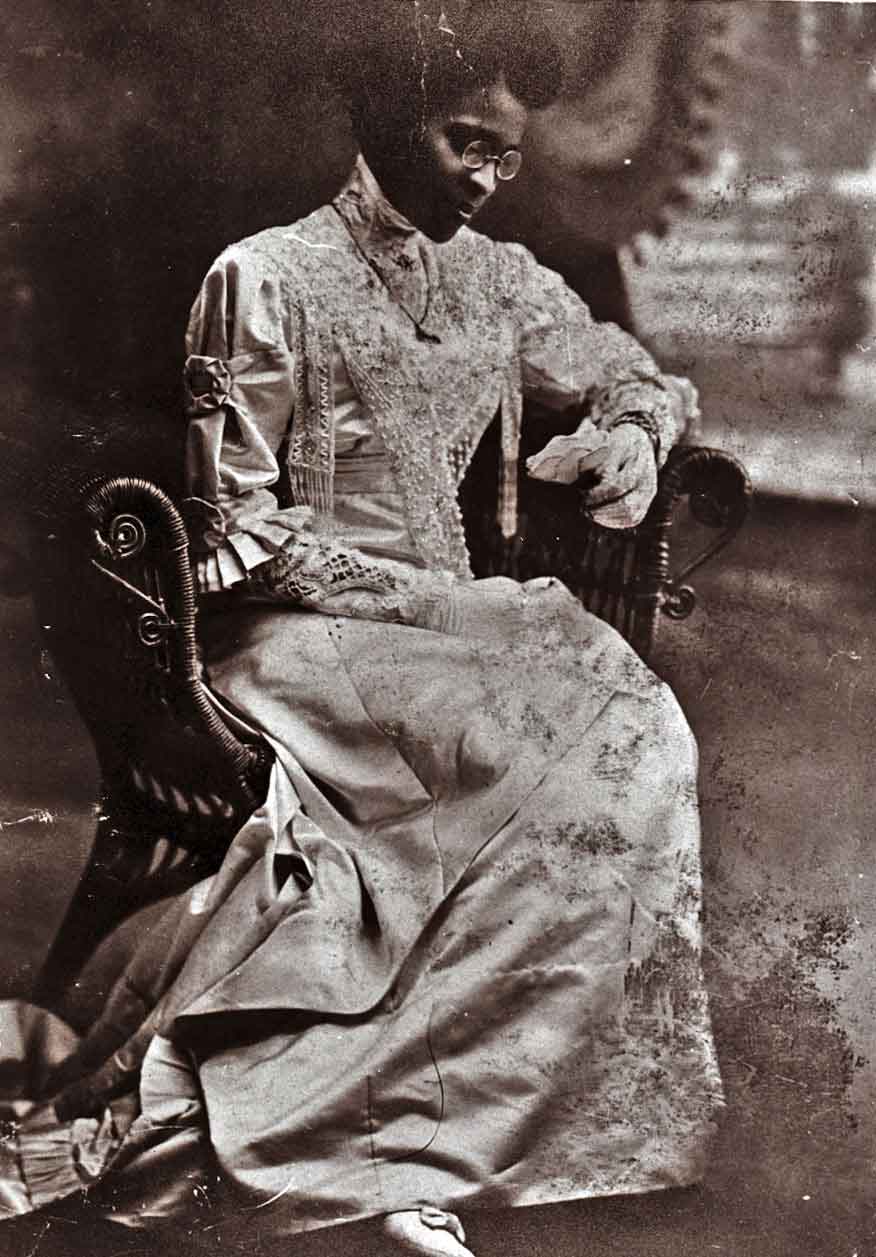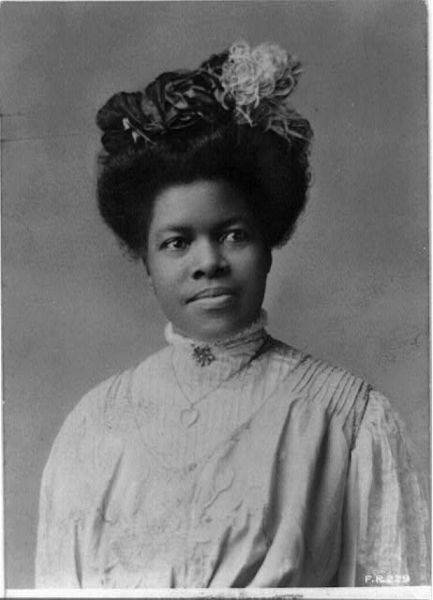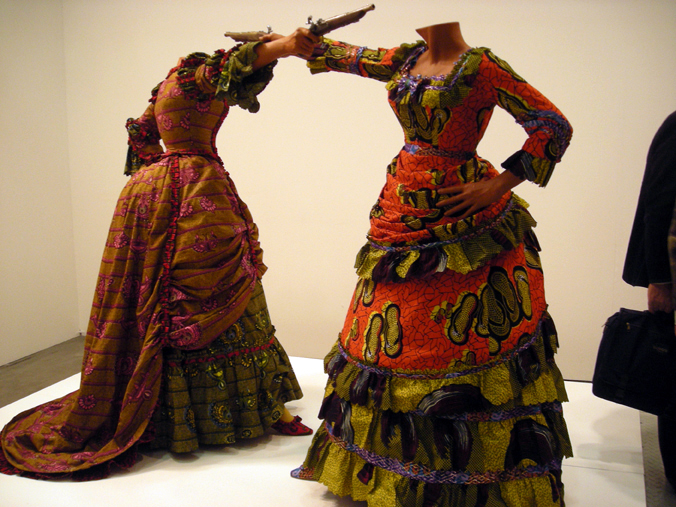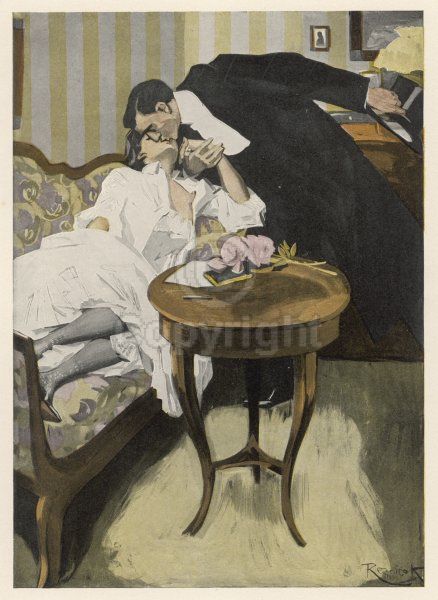
To upwardly mobile African-Americans of the first half of the twentieth century, the names Charlotte Hawkins Brown and Palmer Memorial Institute were synonymous with class and breeding. Countless schools, colleges, and institutes arose from the ashes of the Civil War with the aim of educating and uplifting African-Americans, but Palmer Memorial Institute, founded in 1902, was the only educational institution devoted to instruction on manners and gracious living. At its heart was Charlotte Hawkins Brown.
Born to humble circumstances in North Carolina, Brown–born Lottie Hawkins in 1883–was greatly influenced by family lore which hinted that the white, former-slave-owning Hawkins family, was kin to the black, former-slave Hawkins family (naturally on the wrong side of the blanket). For many in the South, white or black, the myth of the “genteel Old South” held strong, and since the moderately privileged free-black society of the antebellum era patterned their manners and mores after that of wealthy white planters, the practice continued long after the echoes of the Confederacy died away. The migration of the Hawkins family to Massachusetts in 1888 further cemented Brown’s unwavering belief that manners and breeding trumped race.
Brown’s upbringing in Cambridge was relatively quiet, and her intelligence shone through. She skipped one or two grades in school, and after proving to be an exceptional student, Alice Freeman Palmer, a former Wellesley College president, provided financial support to enable her to further her education at the State Normal School in Salem. After graduating, Brown became a teacher, a profession which was both highly prized by African-Americans and offered women of any race or ethnicity a degree of autonomy and protection. She accepted a position with Bethany Institute, a one-room school in Sedalia, North Carolina with the aim of equipping her rural students with the rigorous education she’d received in the north. Needless to say, this was naive. Not only was schooling substandard in the little North Carolina town, but her students did not find it easy to attend school; many were ill-clad, or walked fifteen miles to school (staying home when weather was bad), or could only attend in the winter, as they were needed by their sharecropping parents in the spring, summer, and fall.
The resourceful Brown noted that a number of students boarded with the principal, Manuel L. Baldwin. She asked Baldwin to convert an unused blacksmith’s building into a girls’ dormitory and permission was granted; when finished the building contained housing for Brown and fifteen girls on the second floor and a classroom on the first. Brown accomplished this all within her first year at the school. Further accommodations were built for male students, and after converting another building into a much larger dormitory, it housed forty girls and boys, including Brown. Despite this success, she ran into trouble from both Baldwin and the school’s parent organization, and Jim Crow practices of the day; her greatest for was Baldwin, who focused more and more of his energies on the church affiliated with the school, which led to a decrease in financial and moral support of Brown and Bethany Institute. Needless to say, the school closed in 1902, leaving Brown homeless and out of work, but not defeated.
Brown packed her bags and traveled back to Cambridge, where she campaigned strongly for funds to reopen the school. With the goal of raising $100, Brown gave talks and presentations to black churches and white resorts around Gloucester, Massachusetts, and took donations for money, furniture, books, and anything else others were willing to give. Some days she walked miles between speaking events, famished and impoverished, but trusting her faith to bring her through. By the end of two weeks, Brown raised $75, and managed to raise the final $25 within another week. With enough to pay her travel expenses to Sedalia, Brown returned to the sleepy town in the fall of 1902 to establish the first normal school founded by an African-American woman. This school was christened after the woman Brown credited with making this all possible: Alice Freeman Palmer.
Through Palmer, who died unexpectedly in December of 1902, Brown made connections with some of the nation’s leading philanthropists. By 1914, through the combination of Brown’s tenacity and faith, as well as that of her students, and donations and grants from wealthy white Americans, Palmer Memorial Institute became a leading educational institution for African-Americans. Though the school was founded along the lines of Booker T. Washington’s Tuskegee Institute, Brown eventually switched the focus to rigorous college preparatory and culture education. During Brown’s fifty-year presidency and its seventy years of existence, Palmer Memorial grew from one building to 350 acres of campus and a farm to produce food for the students and teachers, and educated more than 1,000 African-American students. Brown died in 1961, but her legacy continued, and the school became a nationally accredited preparatory school by the Southern Association of College Secondary Schools before its closure in 1971. The land changed hands after this, but in November 1987, Palmer Memorial Institute was opened as a state historic site, and in 1994, after the Historic Sites Section completed exhaustive, comprehensive research on Brown and the Palmer Institute, the school was restored to reflect the furnishings and materials of the 1940s and 1950s, when the school was at its peak.
Visit the Charlotte Hawkins Brown Museum online.





What an inspiring article. Thank you!
Lady Estelle
Thank you Lady Estelle for posting this.. I attended Palmer as did my Mother, class of 29′,aunts and uncle. My mothers family (Morgan) is from Sedalia and many relatives still live there today. My grandfather was a mason and helped build some of the first buildings. I would have been in class of 67′ but did not stay and graduate. Still do participate through mailings and reunions.
Great article! I wrote about Charlotte in my book More Than Petticoats: Remarkable North Carolina Women (Globe Pequot Press). I was able to interview a woman who knew her personally, which I thought was very cool.
That sounds like a great book. I will definitely check it out!